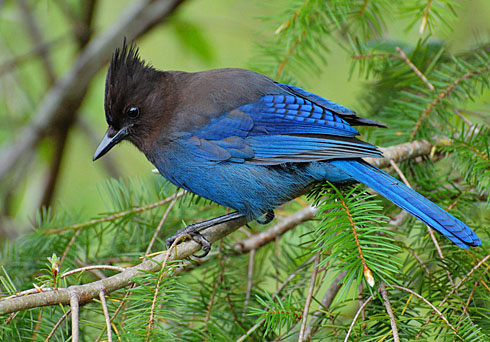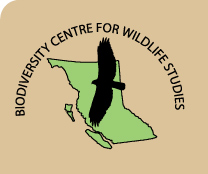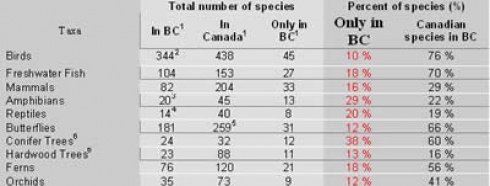BC Richness
British Columbia is the most biologically rich province in Canada. Within North Temperate regions, only Nepal has comparable richness. The remarkably high richness in British Columbia is due to the great variety of ecosystem types compared to other north temperate regions.

Many species present in British Columbia do not occur elsewhere in Canada. For example, the number of amphibian and conifer tree species recorded in Canada would be 30 to 40 % lower if it were not for British Columbia’s contribution (see Table below).
Many species found elsewhere in Canada are also found in British Columbia, including 70 % of terrestrial mammal species, 76 % of breeding bird species, 60 % of conifer tree species, and 66 % of butterfly species (see Table below).
References for above table
1 Canadian Endangered Species Conservation Council. 2001. Wild Species 2000: the General Status of Species in Canada. Ottawa: Minister of Public Works and Government Services Canada.
2 Campbell R.W., N.K. Dawe, I. McTaggart-Cowan, J.M. Cooper, G.W. Kaiser, A.C. Stewart, and M.C.E McNall. 1990-1997. The birds of British Columbia. Volumes 1-4. University of British Columbia Press, Vancouver, BC
3 One species may have been introduced (Wandering Salamander Aneides vagrans); one species likely occurs in BC (Cascade Frog Rana cascadae) but has not been reported yet.
4 Two species (Western Pond Turtle Clemmys marmota and Pygmy Short-horned Lizard Phrynosoma douglassi) and one sub-species (Pacific Gopher Snake Pituophis melanoleucus catenifer) have been extirpated, two species may occur here (Western fence Lizard Sceloporus occidentalis, Side-blotched Lizard Uta stansburiana) but have not been reported yet.
5 The status of an additional 21 species has not been assessed or is undetermined.
6 Farrarr J.L. 1995. Trees in Canada. Fitzhenry and Whiteside, Ottawa. 502 pp.
7 Bunnell F.L., R.W. Campbell, and R Feldman. 2003. Setting Conservation priorities in British Columbia: the not-so-common loon. Report to Ministry of Water, Land and Air Protection, Victoria, BC.






